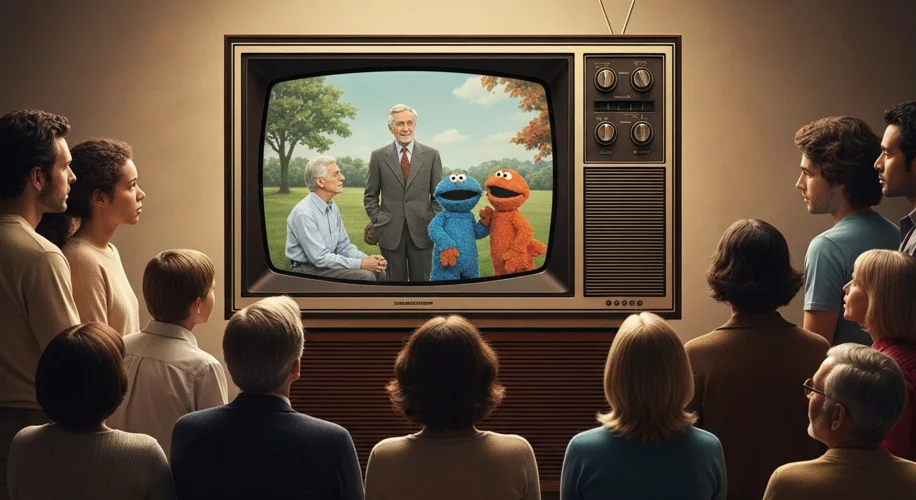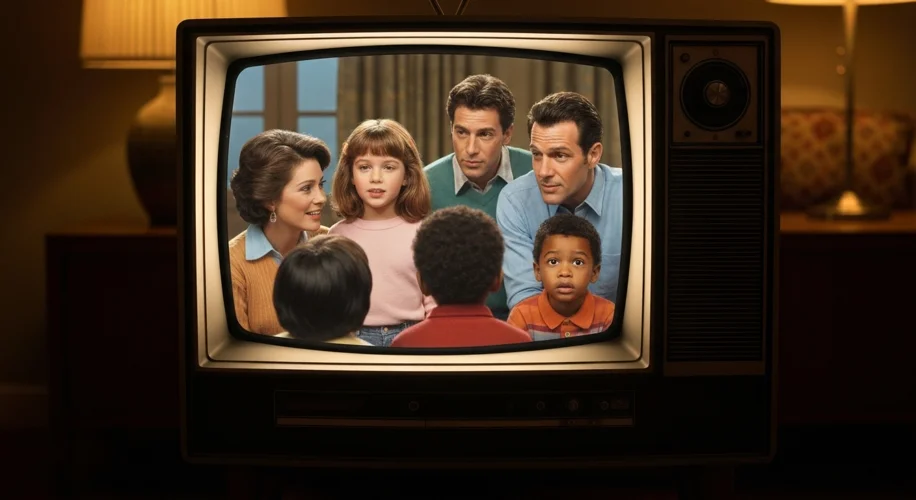In the grand theater of American broadcasting, a unique player has always occupied a special, albeit precarious, stage: public television. Unlike its commercial counterparts, driven by the insatiable engine of advertising revenue, public broadcasting has long relied on a delicate balancing act. Its existence, its very ability to bring trusted news, beloved children’s programming, and enlightening documentaries into our homes, has been a testament to a complex and often turbulent funding landscape, one deeply intertwined with the ebb and flow of government support and the generosity of its viewers.
The story of public television funding is not a simple tale of one single source, but rather a symphony of diverse contributions, each playing a vital role. At its heart, public broadcasting has always been fueled by a dual commitment: the public purse and the private pocket.
The seeds of this unique model were sown in the mid-20th century. The advent of educational television was seen as a vital public service, a way to supplement formal education and offer programming of substance and cultural value, free from the demands of mass-market appeal. The Carnegie Commission on Educational Television, in its influential 1967 report, laid the groundwork for what would become the Public Broadcasting Service (PBS). This report advocated for a system that prioritized educational and cultural enrichment, funded through a combination of federal grants, foundation support, and individual donations. The initial vision was one of a noble pursuit, a cultural beacon for all Americans.

From its inception, federal funding played a crucial role. The Corporation for Public Broadcasting (CPB), established by Congress in 1967, was designed to be an independent entity, disbursing federal funds to local public television stations and national program producers. This federal lifeline allowed public television to undertake ambitious projects, from the majestic journeys of Ken Burns’ documentaries to the educational adventures of “Sesame Street,” which, despite its massive cultural impact, was never a ratings juggernaut in the commercial sense. For decades, federal appropriations represented a significant portion of the funding pie, offering a level of stability that private donations alone could not provide.
However, this reliance on government support also introduced an inherent vulnerability. The funding for CPB, and by extension for public television, has been a recurring battleground in Washington D.C. Each appropriations cycle has seen public broadcasting become a target for budget cuts, often framed by critics as an unnecessary government expenditure or a platform for perceived liberal bias. These debates have been fierce, pitting proponents who champion public broadcasting’s educational and civic value against those who advocate for a leaner government and a complete shift to private funding.
The consequences of these funding battles have been palpable. Periods of increased federal support have often coincided with the launch of new, innovative programming and the expansion of broadcast reach. Conversely, proposed or enacted cuts have sent ripples of anxiety through the system, leading to difficult decisions about program acquisition, production budgets, and even staff layoffs. The threat of reduced federal funding has, at times, forced stations to seek more corporate underwriting or ramp up their direct-mail fundraising appeals, often a stressful and time-consuming endeavor.
The 1980s, under the Reagan administration, saw significant proposed cuts to public broadcasting funding, sparking widespread alarm. While the full extent of these cuts was never realized, the administration’s stance underscored the precariousness of federal support. Later, in the late 1990s and early 2000s, similar debates resurfaced, with a vocal contingent in Congress calling for the privatization or outright elimination of federal funding for CPB. This persistent pressure has led public broadcasters to become increasingly adept at diversifying their revenue streams.
Beyond federal grants, foundations have also been instrumental. Major philanthropic organizations have historically provided significant grants for specific programs, infrastructure development, and innovative projects. These grants often focus on areas aligned with the foundations’ missions, such as education, arts, and science, further enriching the content offered by public television.
But perhaps the most visible and enduring source of public television funding is the viewer. Membership drives, pledge drives, and on-air appeals are a staple of the public broadcasting experience. These campaigns, often featuring enthusiastic volunteers and even on-screen talent, are not just fundraising efforts; they are a powerful affirmation of the audience’s connection to and appreciation for the programming. When a viewer donates, they are not just providing money; they are casting a vote of confidence, signaling that the shows they love are worth supporting. This direct relationship with the audience fosters a sense of ownership and community, a stark contrast to the anonymous transaction of commercial advertising.
The impact of these diverse funding streams is profound. While federal funding has provided a crucial baseline and a degree of national coordination, it has also been a source of political contention. Corporate underwriting, while providing much-needed revenue, has raised questions about potential editorial influence, though CPB and PBS have robust policies in place to safeguard journalistic independence. And viewer support, while vital, can be unpredictable, fluctuating with economic conditions and audience engagement.
As we look towards the future, the landscape of public television funding continues to evolve. The rise of digital platforms, streaming services, and the changing media consumption habits of younger generations present both challenges and opportunities. Public broadcasters are actively exploring new models, from robust online content offerings to partnerships with educational institutions and local communities. Yet, the fundamental question of sustainable, reliable funding for a non-commercial, public-serving media remains a critical issue.
In an era of overwhelming media choice and often polarized discourse, public television continues to stand as a unique institution. Its history of funding is a compelling narrative of resilience, a testament to the enduring belief that access to quality educational and cultural programming is not merely a commodity, but a vital component of an informed and engaged citizenry. The fading signal of federal funding cuts, however, serves as a constant reminder that this beacon of public service requires vigilant stewardship and ongoing support, not just from Washington, but from every household that values its unique voice.

